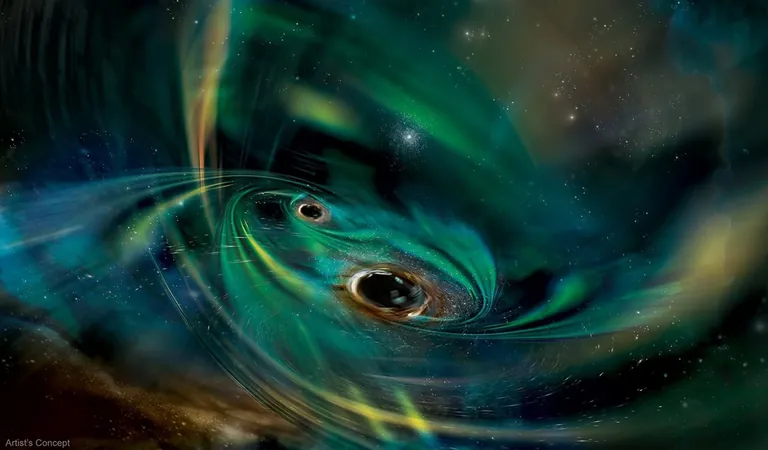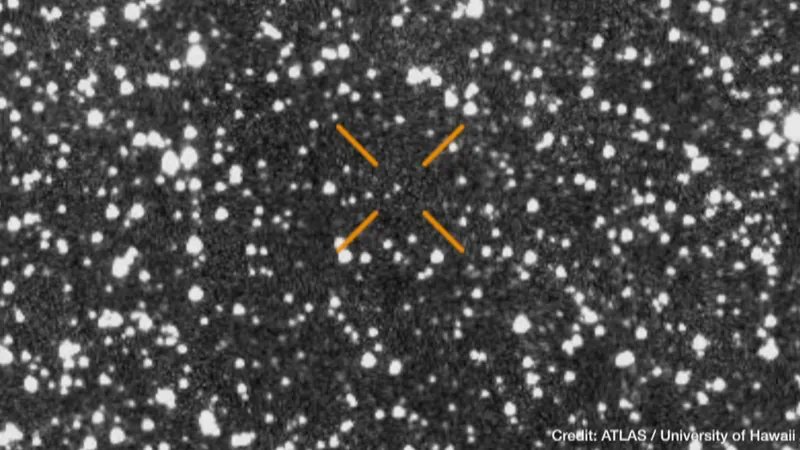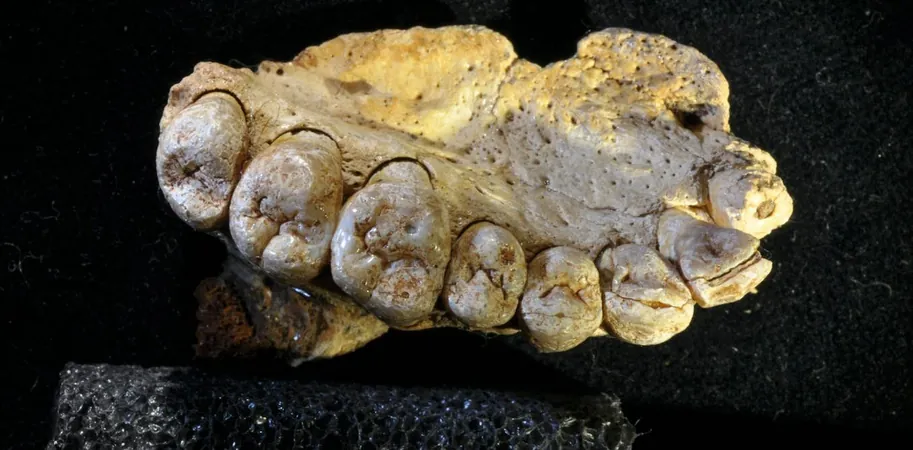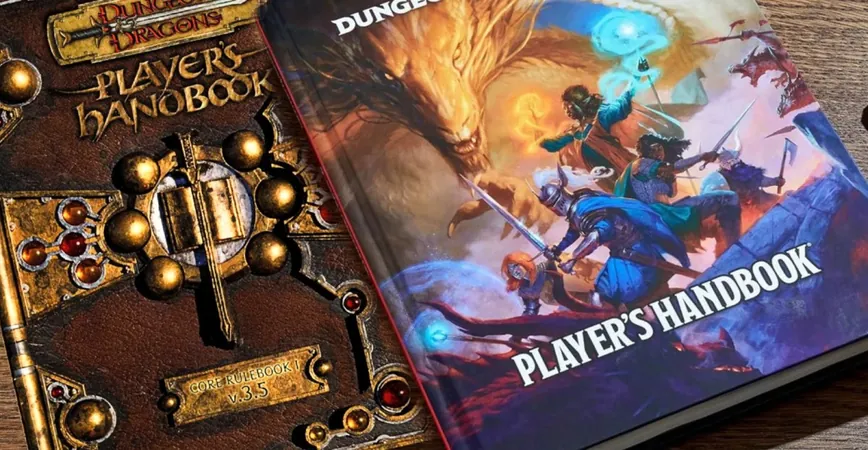
Cosmic Convergence: Two Supermassive Black Holes Approaching a Dramatic Merger!
2024-11-14
Author: Emma
In a sensational discovery that has sent ripples through the astronomical community, astronomers have identified a pair of supermassive black holes on a direct collision course. This cosmic saga began in March 2021 when scientists detected an extraordinary burst of high-energy light emanating from a distant galaxy, which was initially presumed to be a supernova event. Dubbed AT 2021hdr, this phenomenon was flagged for further investigation thanks to the Automatic Learning for the Rapid Classification of Events (ALeRCE).
Fast forward to 2022, more bursts from the region were recorded, and researchers using the Zwicky Transient Facility (ZTF) noticed a captivating pattern: outbursts occurring every 60 to 90 days. Such rhythmic occurrences were atypical for supernova events, leaving experts to grapple with the nature of this celestial enigma.
The team considered several hypotheses, one of which proposed that AT 2021hdr could be a tidal disruption event (TDE)—a thrilling scenario in which a star gets too close to a black hole and is violently torn apart. However, TDEs generally lack the organized regularity observed in AT 2021hdr. Consequently, astronomers shifted their focus toward an alternative theory: a passing massive interstellar cloud being drawn into the gravitational clutches of a binary black hole system.
Intriguingly, computer simulations suggested that rather than merely dissecting the cloud, the two orbiting black holes would instead churn and devour it, causing periodic bursts of light as they interacted. Follow-up observations with the Neil Gehrels Swift Observatory confirmed the presence of periodic oscillations in ultraviolet and X-ray light, closely matching the previously established burst patterns recorded by ZTF. This evidence strongly supports the hypothesis of a binary black hole system at work.
Astoundingly, these black holes possess a staggering combined mass equivalent to about 40 million Suns. They are engaged in a grand cosmic dance, orbiting one another every 130 days. Projections suggest that if the current trajectory remains unchanged, these behemoths will merge in roughly 70,000 years—a celestial spectacle that promises to be nothing short of spectacular!
Furthermore, this incredible discovery raises essential questions about the intricate interactions between supermassive black holes and their host galaxies. The research team intends to continue monitoring AT 2021hdr, aiming to refine their understanding of its behavioral patterns and how it fits into the broader dynamics of galactic evolution.
As the cosmic clock ticks down to this monumental merger, astronomers are left in anticipation of the brilliant fireworks that will accompany the merging of two titans in the universe—a vivid reminder of the dynamic and often hidden battles playing out in the depths of space. Stay tuned for more thrilling updates as we continue to unravel the mysteries of our universe!









 Brasil (PT)
Brasil (PT)
 Canada (EN)
Canada (EN)
 Chile (ES)
Chile (ES)
 Česko (CS)
Česko (CS)
 대한민국 (KO)
대한민국 (KO)
 España (ES)
España (ES)
 France (FR)
France (FR)
 Hong Kong (EN)
Hong Kong (EN)
 Italia (IT)
Italia (IT)
 日本 (JA)
日本 (JA)
 Magyarország (HU)
Magyarország (HU)
 Norge (NO)
Norge (NO)
 Polska (PL)
Polska (PL)
 Schweiz (DE)
Schweiz (DE)
 Singapore (EN)
Singapore (EN)
 Sverige (SV)
Sverige (SV)
 Suomi (FI)
Suomi (FI)
 Türkiye (TR)
Türkiye (TR)
 الإمارات العربية المتحدة (AR)
الإمارات العربية المتحدة (AR)